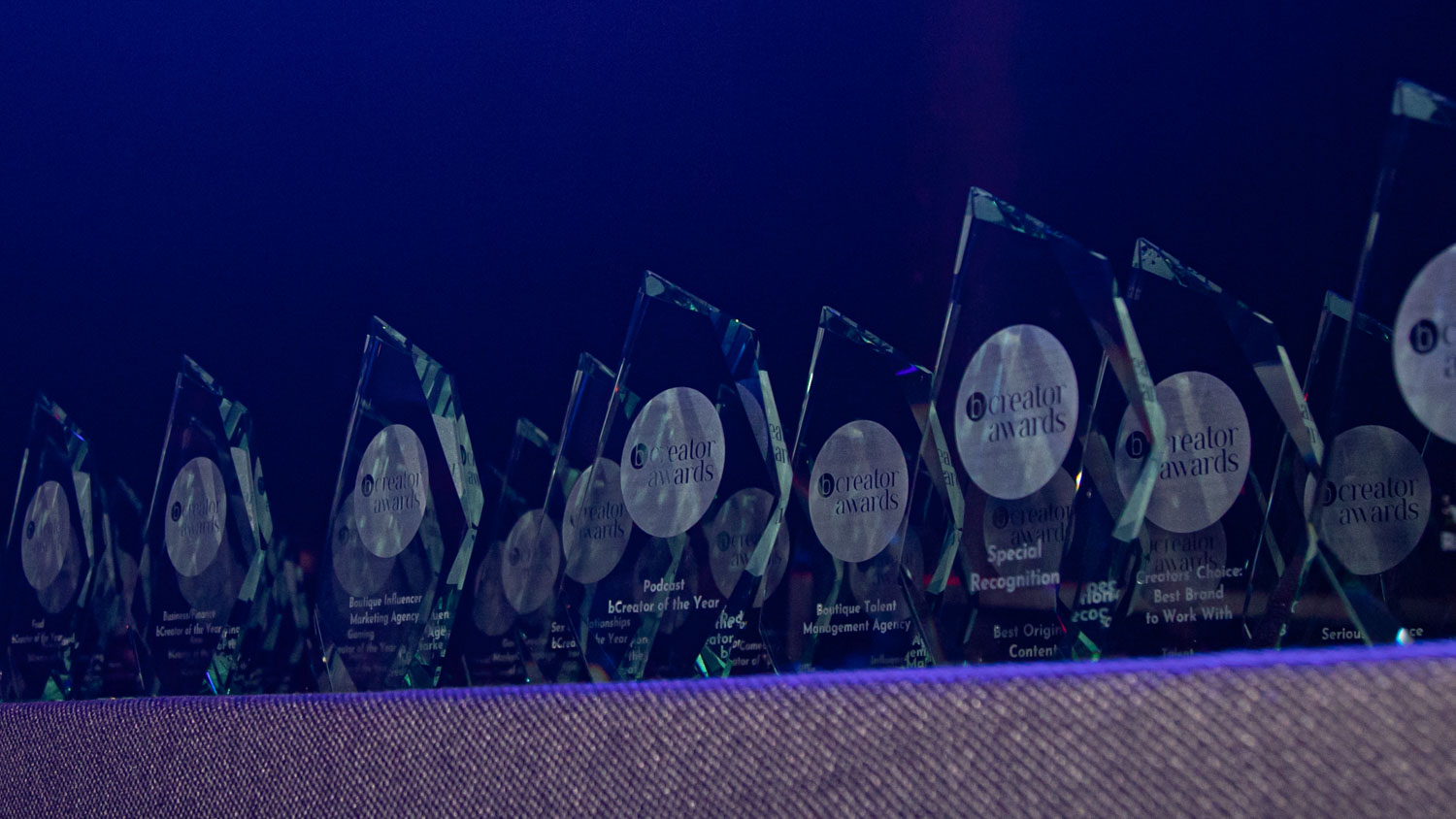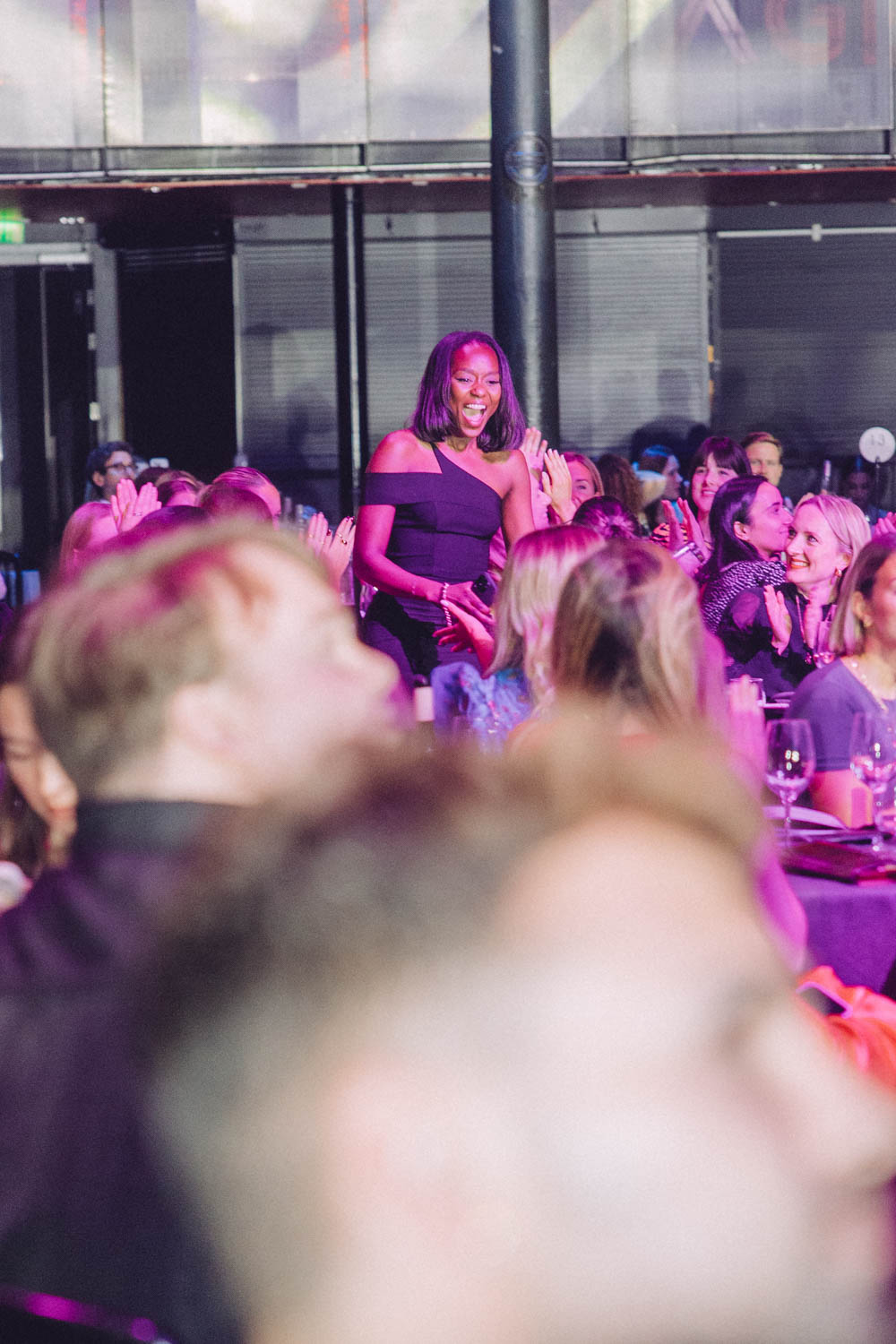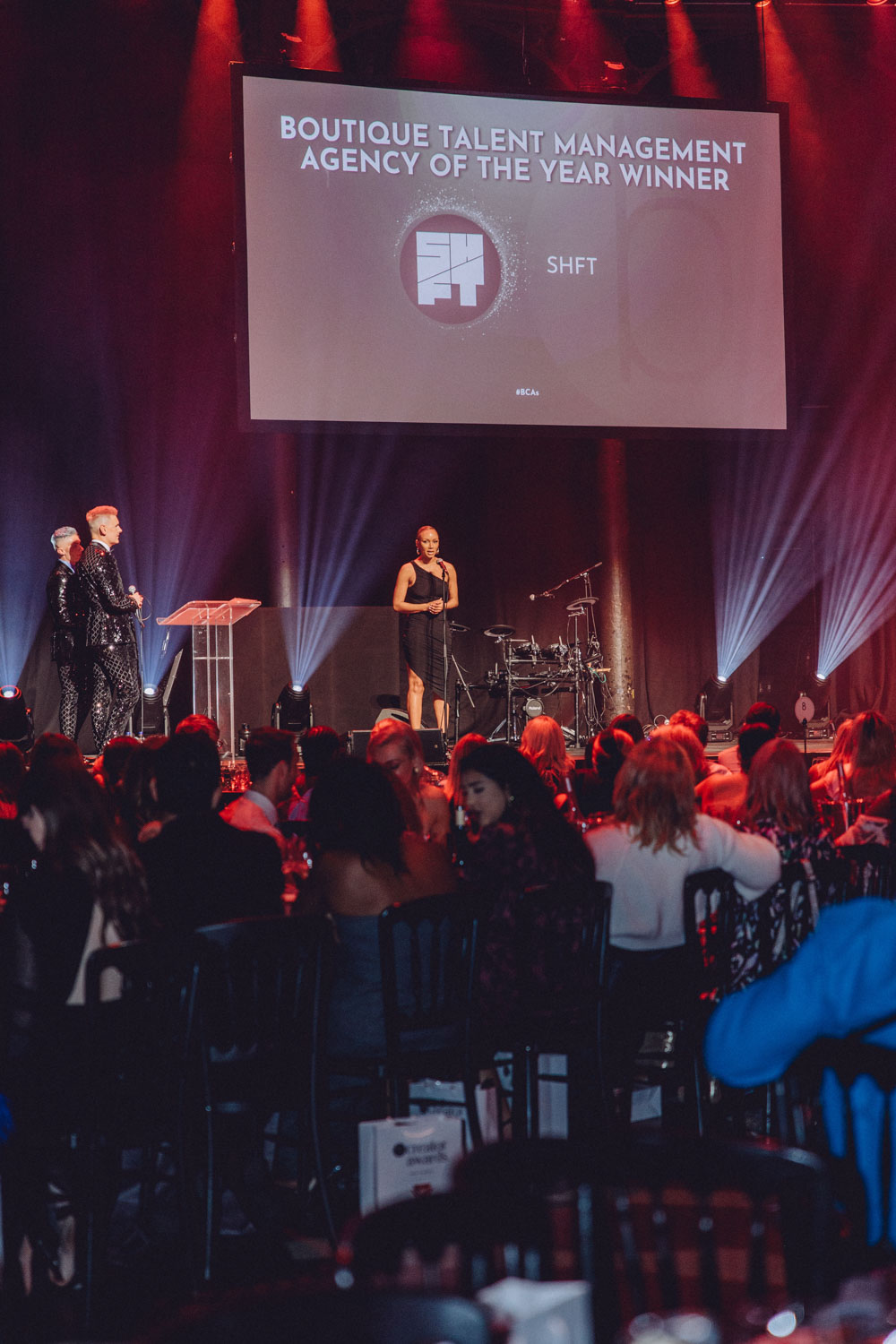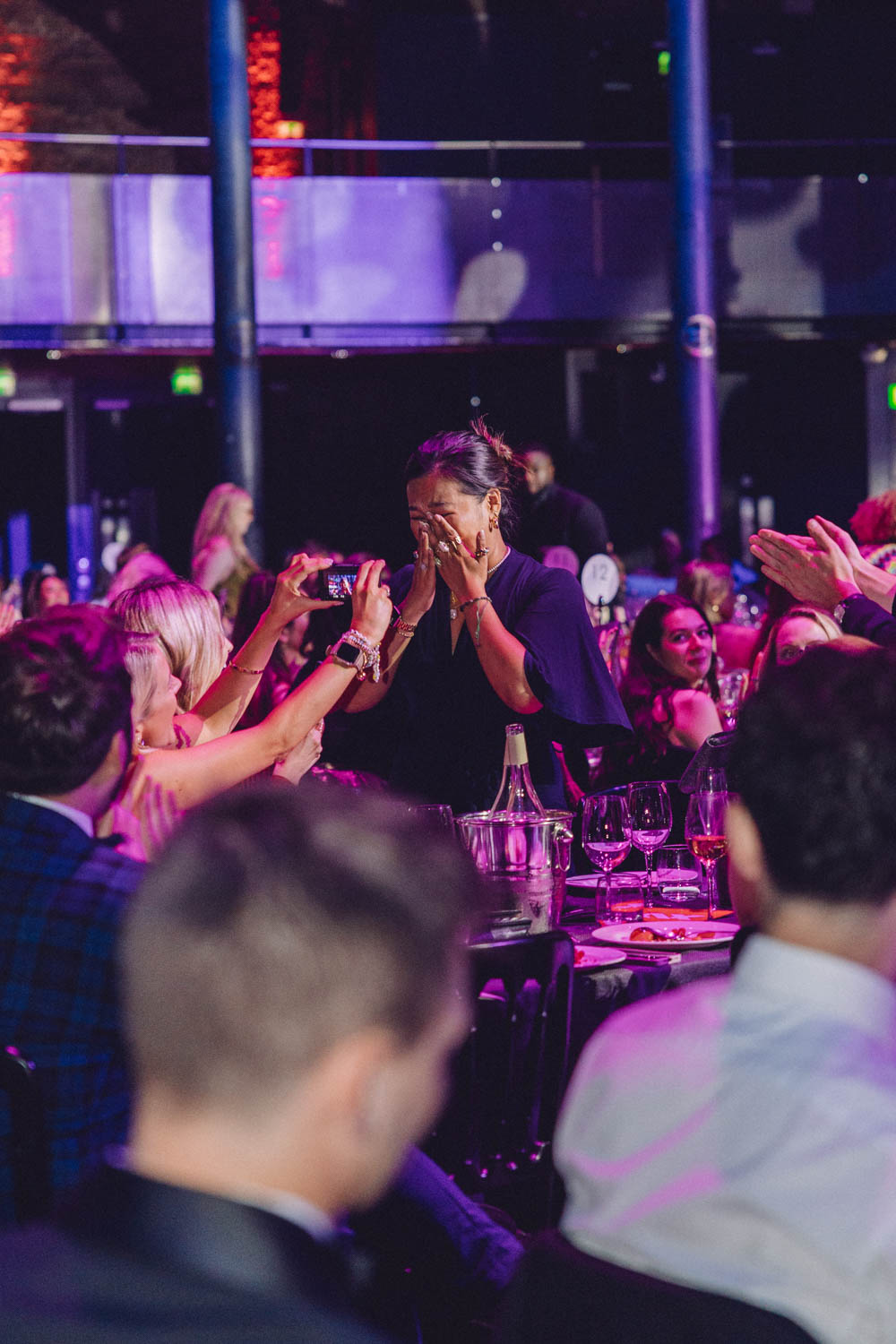
“The Oscars for Creators”
Known as the “Oscars for creators”, the bCreator™ Awards (#BCAs) celebrate the best creators, agencies and creator brand campaigns over the past 12 months and is the largest Awards of its kind in the UK.
Brands we’ve worked with include

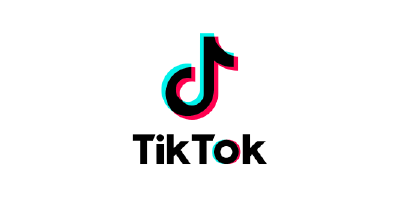






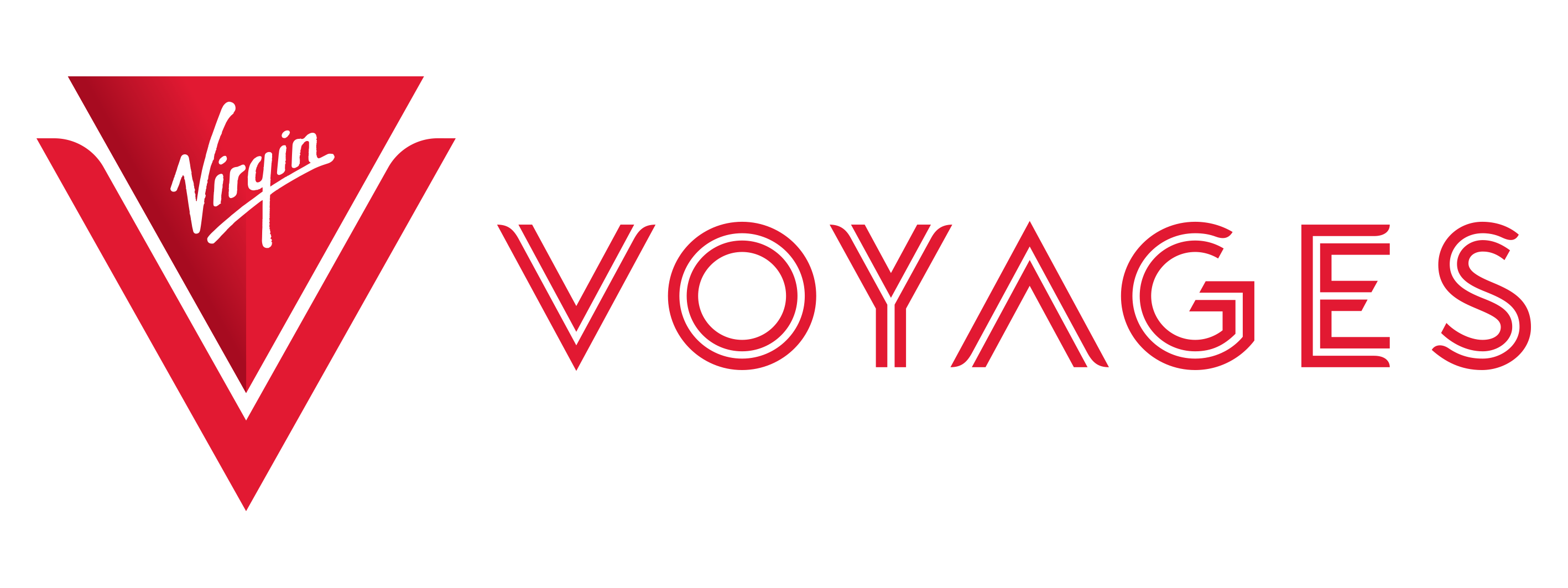
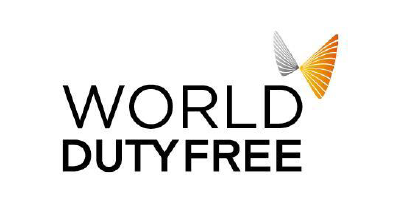


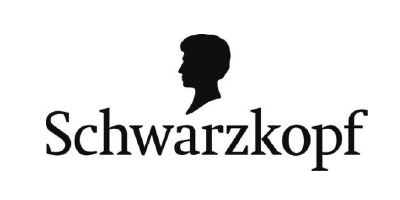



It was an honour to be part of it and it was so special so see such amazing creatives being rewarded for their epic work. I hope we get the chance to work together again!
– Shane Riley, Virgin Voyages, Headline Sponsor
“To see so many incredible creators on the stage being honoured and recognised is truly what it’s all about, and exactly why it made sense for YouTube to partner with the awards.”
– Kat Keen, YouTube, Supporting Headline Sponsor
Meet the bCreator™ Committee
The bCreator™ Committee is made up of Creators, Creator Economy Experts and Captains of Industry, each bringing their own expertise to the important process of judging our categories to the highest and most rigorous standards.

Watch the official video
Highlights from the bCreator™ Awards 2023 with headline sponsor Virgin Voyages and supporting headline sponsor YouTube.
The ceremony was hosted by Matthew & Ryan at the Roundhouse on the 10th October 2023.
Our Latest News
Contact
Get in touch using the contact form below or email us at info[at]bcreator.co.uk"*" indicates required fields
Directory
- I want information about sponsoring the Awards
- I want to nominate myself for an award
- I’d like to receive updates about your Awards
- I’d like to see the list of previous winners
- I’d like to know the rules for entering the Awards
- I have a question about my order
Follow us
Connect with us on social media


